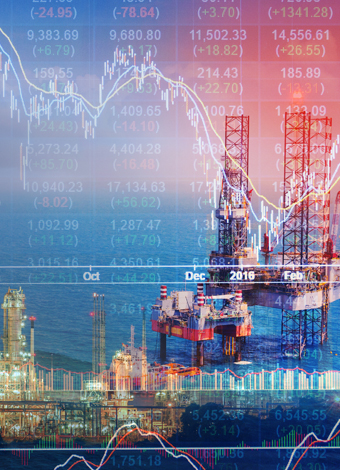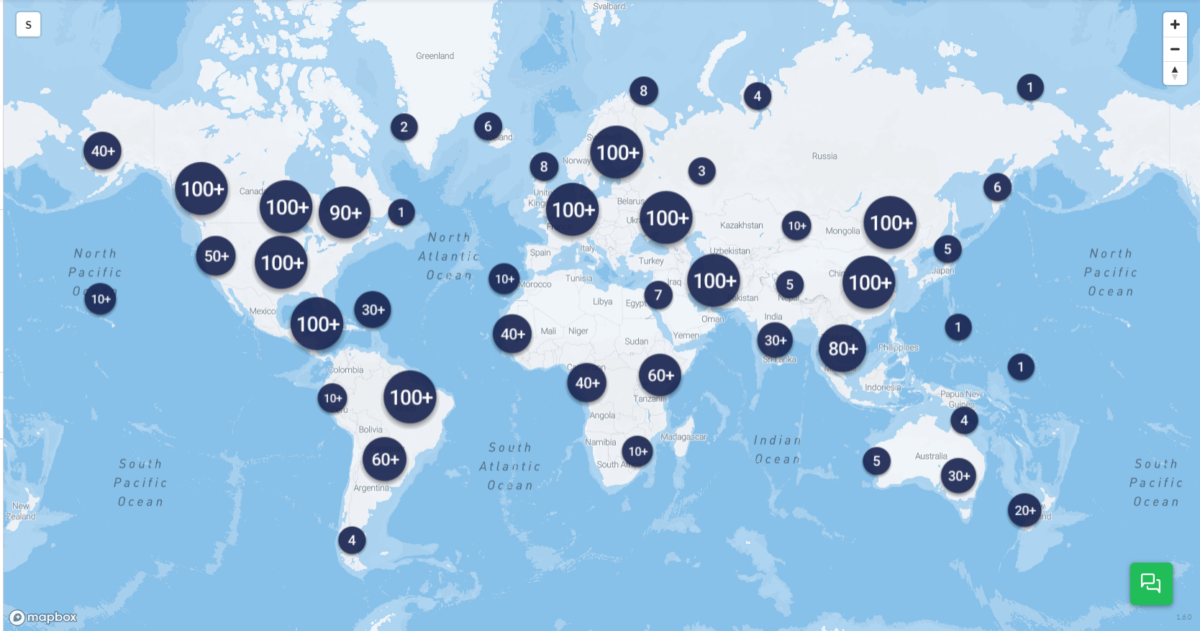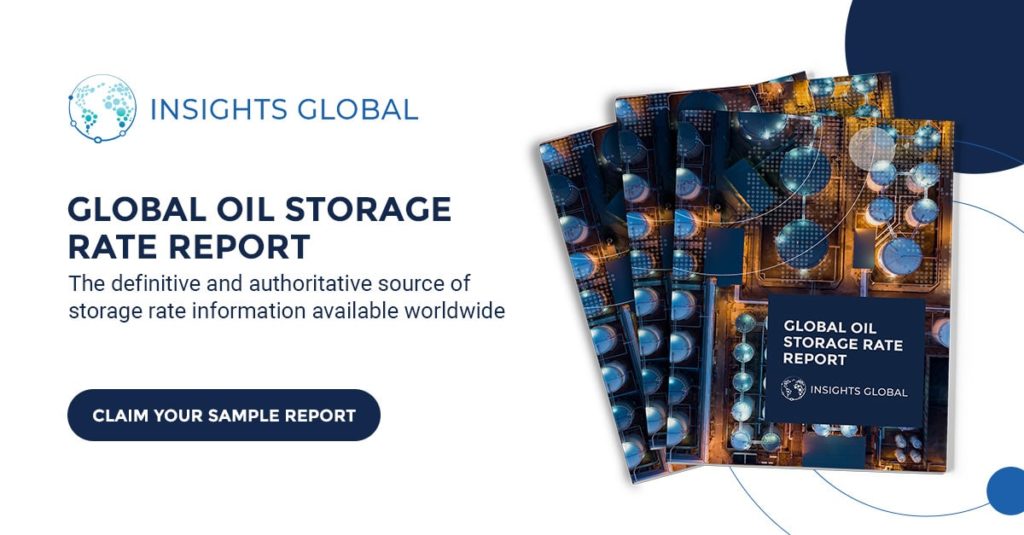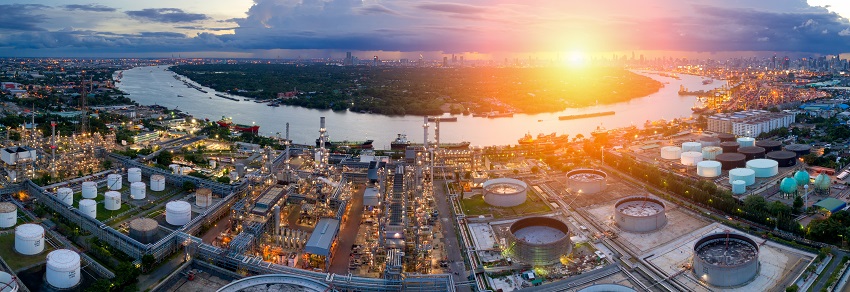Introduction
In the last decade the tank terminal markets has seen quite a large number of Merger & Acquisition deals. One of the main trends that has been witnessed is that investments funds are stepping in and in many cases are emerging as winners of these bids. As an investor or fund manager you might wonder “Is the tank terminal sector worthwhile getting into?” or “Is the opportunity at hand going to diversify my investment portfolio?”. This blog post will try to give guidance on this subject.
Infrastructure Asset Class
Tank storage assets, due to their resilient and stable revenue profile are considered infrastructure assets. Such assets are attractive investments if it fits the risk/return profile of your fund. Nevertheless there are some nuances that need to be made. Not all terminals are alike so a more detailed approach is needed to distinguish between various groups of terminals. From an investment portfolio perspective it is sensible to group terminal assets into different categories based upon their exposure to business risks.
1. Location, location, location…
One obvious
characteristic is the location of the terminal. For one, country risk is
associated with the location of the terminal. Is the terminal located in an
OECD country or not might be a good way to look at this. However location of
terminals has many more implications. It is the single largest factor driving
value of terminal assets due to various reasons. Most likely if you ask experts
the question “what is are the three most important terminal characteristics”
they’ll answer “location, location and location”. So the conclusion is that a
thorough analysis of the implications of terminal location is needed.
A rather simplistic but effective first order categorization is to group terminals into Hub Location and Non-Hub Location terminals. The hub location terminals are well positioned and are better able the weather downturns in business cycles. Additionally, these terminals are less sensitive to local and regional economic circumstances. Business activity at hub terminals is related to global trade, which is less volatile and thus has a lower risk profile.
Another categorization method is to distinguish between sea-access and inland terminals. This grouping has some overlap with the functional categorization that will be discussed in the next section. Nevertheless it gives additional insights into the risk profile because sea-access terminals offers more flexibility for its customers and has a larger operating region. On the other hand, inland terminals are more restrictive and are in most cases confined to the local area. This doesn’t mean that these assets are worthless, they can be very profitable. However, they do have a different risk profile.
2. Market Segment
After location the second question you need to ask is: what liquid products are stored at the terminal? Products can be categorized into the following main groups: crude oil, petroleum products, pressurized gasses (such as LPG), LNG, chemicals, vegetable oils, bio-fuels and others. For petroleum products and chemicals sub-categories apply, but let’s not overcomplicate matters here. The point is that for instance petroleum product markets have a different dynamic than chemical markets. This translates to a different risk profile for the terminal business. So market segments are a key characteristic.
3. Terminal Functions
A tank terminal can
have one or more functions for its clients. These functions are driven by
business environment and the infrastructure of the specific terminal. The main
functions applicable to terminals are:
-Logistics / hub function:
o Make /break bulk hub
o Distribution & inter-modality hub
o Integration with industrial site
o Bufferstock
-Trading platform:
o Physical arbitrage
o Blending
o Contango storage
o Optionality
-Strategic storage
Uncovering dominant
functions related to the specific terminal that is up for sale gives insights
into its business and the related risks.
Putting it together: does it fit?
By combining the above
mentioned locational, market segment and functional aspects the terminal asset
can quickly be profiled to see if it contributes to the diversification of your
portfolio. A diversified terminal asset portfolio should preferably have a
variety of assets that ranges across different locations, markets segments and
incorporates a varied set of functions. If too many assets are in the portfolio
that have similar risk profiles the portfolio might be too exposed to a certain
risk.
The above mentioned
characteristics have the ability to frame the asset. But please keep in mind
that a more detailed approach is required later on in the process as part of
the commercial due diligence project.
Terminal Portfolio Compatibility Call (FREE)
The above described methodology gives an outline of an approach that can be applied to check if a terminal asset fits your investment portfolio. However, elaborating on all relevant details is outside the scope of this article. Additionally a lot of data is needed to profile terminals. So you might need help to fully implement this method. We can help you with this. Please contact me for a free and confidential terminal portfolio compatibility call. In this call, I will apply this method to your investment opportunity so you have instant insights into the risk profile.
About the author
Patrick Kulsen is Managing Director and Senior Consultant at INSIGHTS GLOBAL, a market research company specialized in amongst others commercial due diligence of tank terminals. The company’s consultancy team has successfully helped clients during M&A projects for many years. For more information on our consultancy services, please follow this link.




